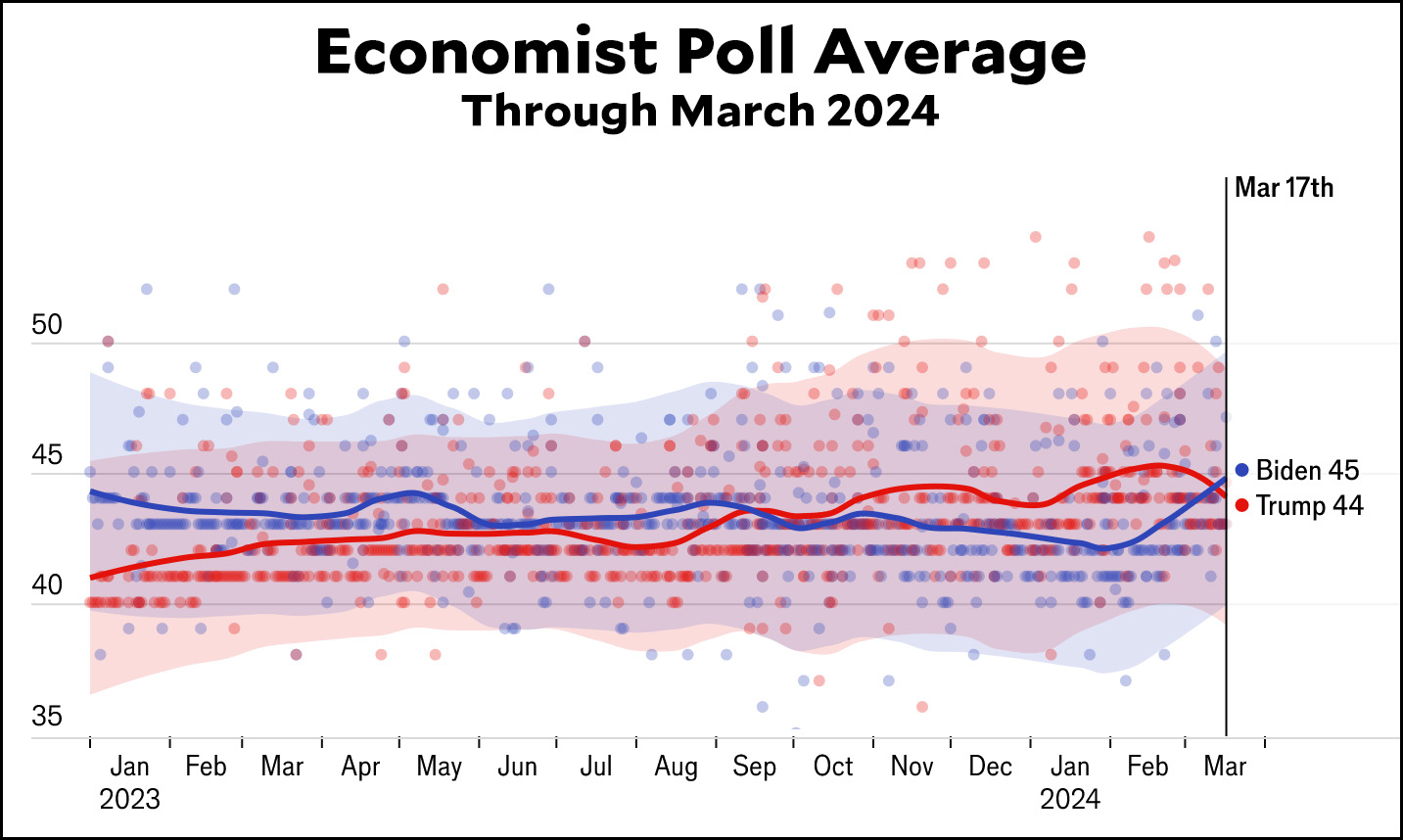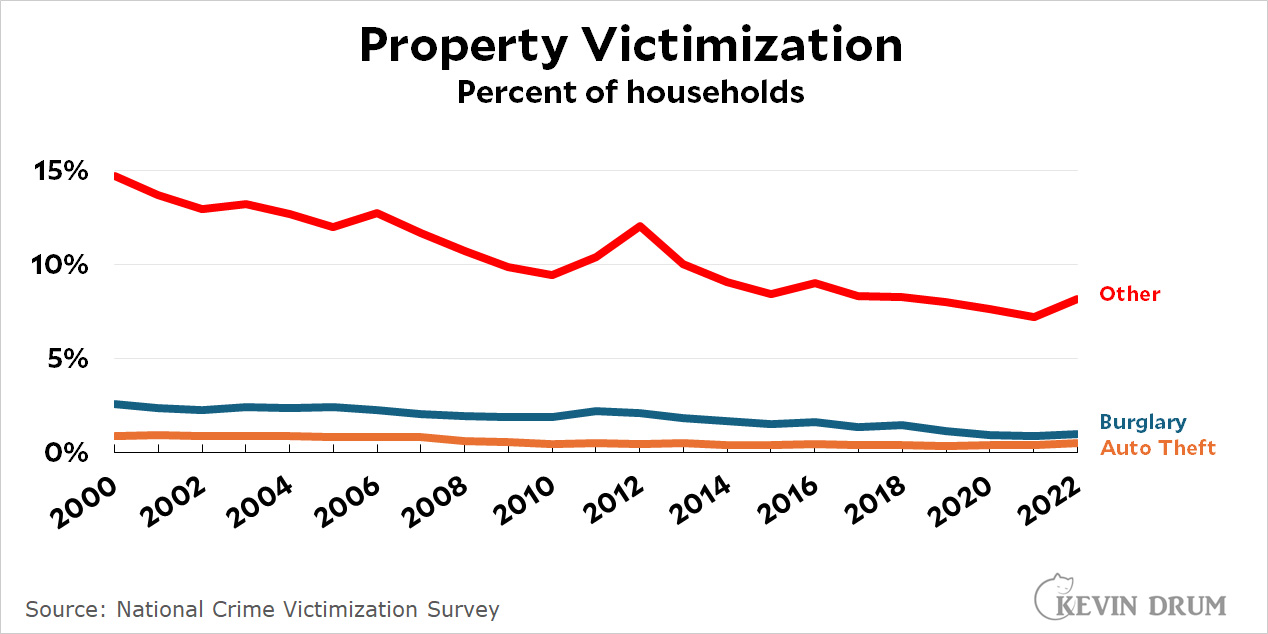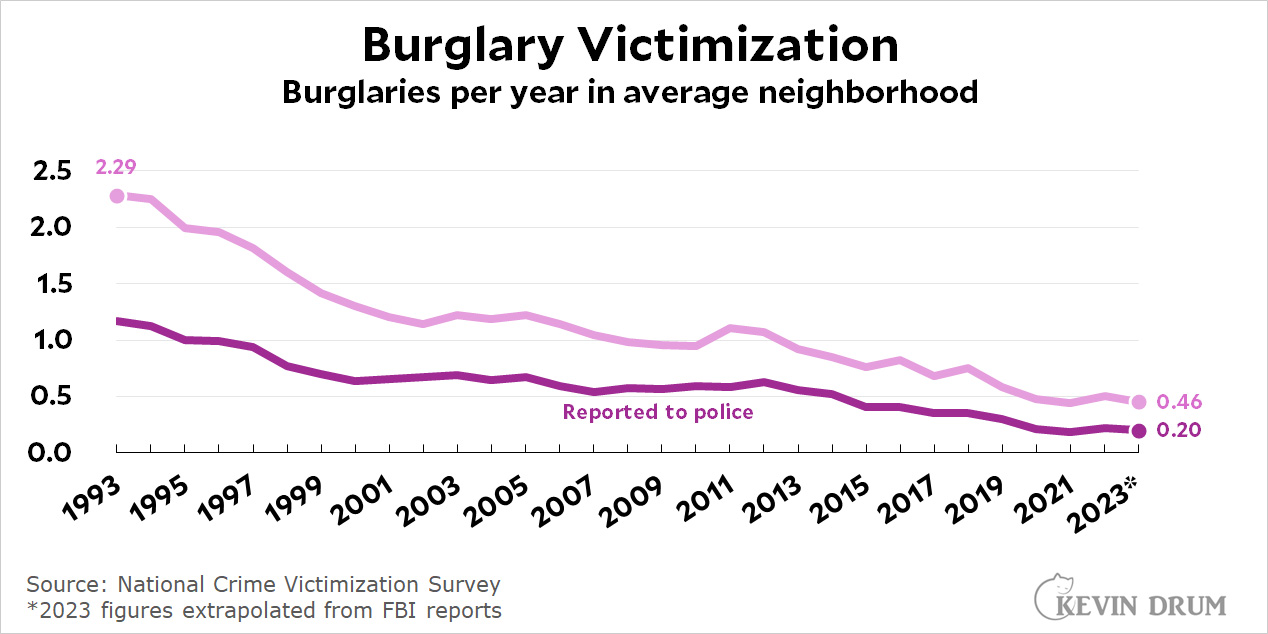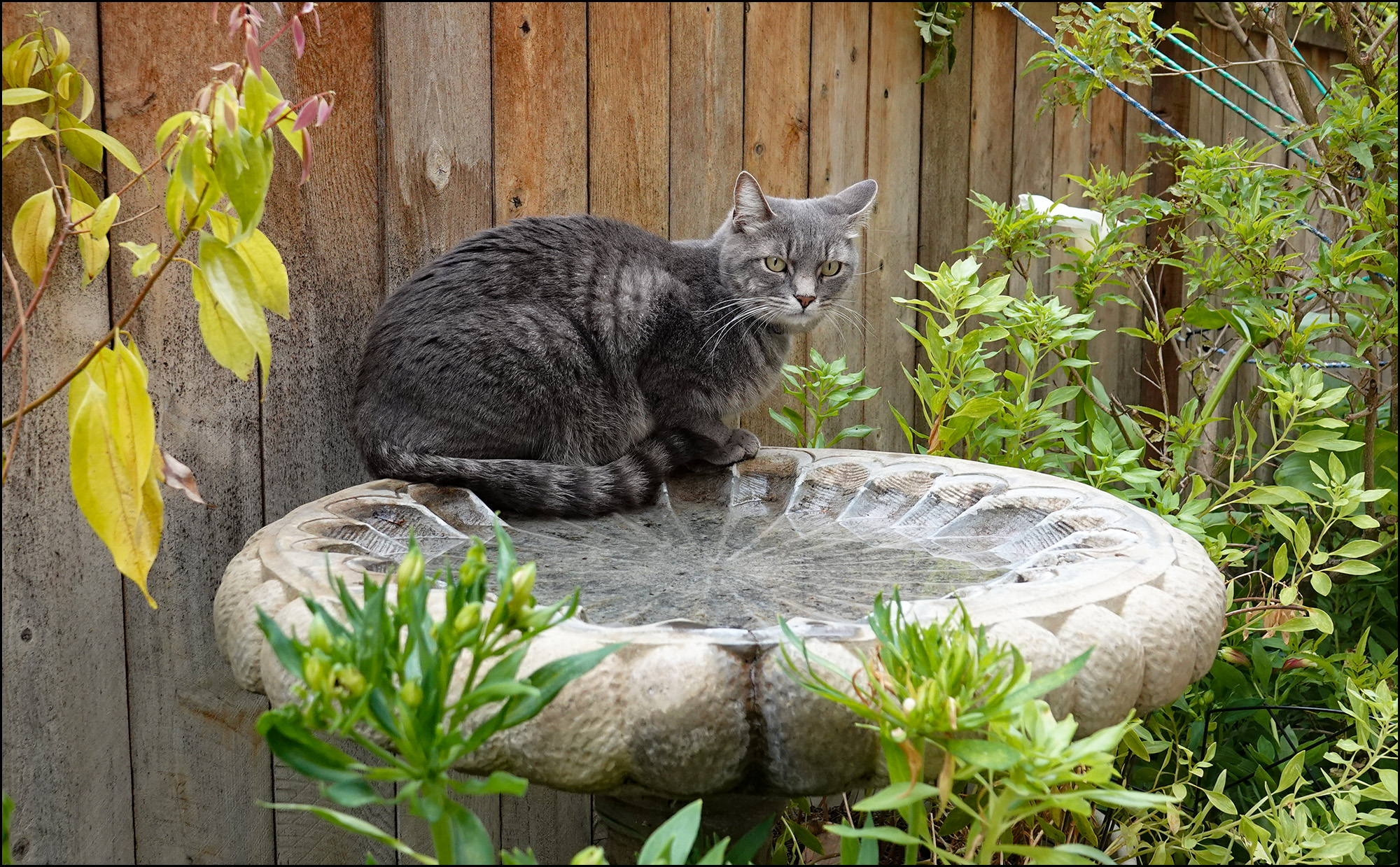Here is the growth in the teen suicide rate since 2000:
 I'd like you to notice two things. First, the rise in teen suicides begins in 2007 and ends in 2017. Second, the overall growth in teen suicide through 2022 is the same as it is for adults. Neither of these things seems consistent with the smartphone theory of teen depression and anxiety:
I'd like you to notice two things. First, the rise in teen suicides begins in 2007 and ends in 2017. Second, the overall growth in teen suicide through 2022 is the same as it is for adults. Neither of these things seems consistent with the smartphone theory of teen depression and anxiety:
- Teen suicides start to go up well before the introduction of smartphones and social media, and the rise stops in 2017 even though smartphone and social media penetration continued to grow.
- Adults didn't grow up with smartphones or become nearly as addicted to social media as teens did. Yet their suicide rate grew just as much.
This is why I remain skeptical of the Jonathan Haidt/Jean Twenge theory that smartphones have wrecked American teens. The suicide stats don't fit. The research results are thin. And the state of American adults seems to be about the same as it is for teens:¹
 It's obvious that something happened around 2012 or so, but it's happened equally to both teens and adults. This doesn't mean the smartphone theory is wrong. Maybe adults are affected as much as teens. But nobody seems to believe that, and it should make us cautious about accepting a theory just because two starting points² sort of match up—sometimes.
It's obvious that something happened around 2012 or so, but it's happened equally to both teens and adults. This doesn't mean the smartphone theory is wrong. Maybe adults are affected as much as teens. But nobody seems to believe that, and it should make us cautious about accepting a theory just because two starting points² sort of match up—sometimes.
The smartphone theory really does seem to have some commonsense power to it, and I'm in favor of limiting social media use among young teens—though I'm not entirely sure how to do this. Still, I think something else is going on too. We just don't know what yet.
¹This is a complicated chart stitched together from several sources. It's meant to be suggestive, not definitive. The rate of teen major depression comes from Jean Twenge here. The teen depressive symptoms are an average of three questions on an annual survey, also from Jean Twenge as reported here. Adult mental health care comes from "Trends of mental health care utilization among US adults" here. The trend is extrapolated through 2022 using adult data from "Antidepressant Dispensing to US Adolescents and Young Adults" here.
²Smartphone use and teen depression both started rising at about the same time.









